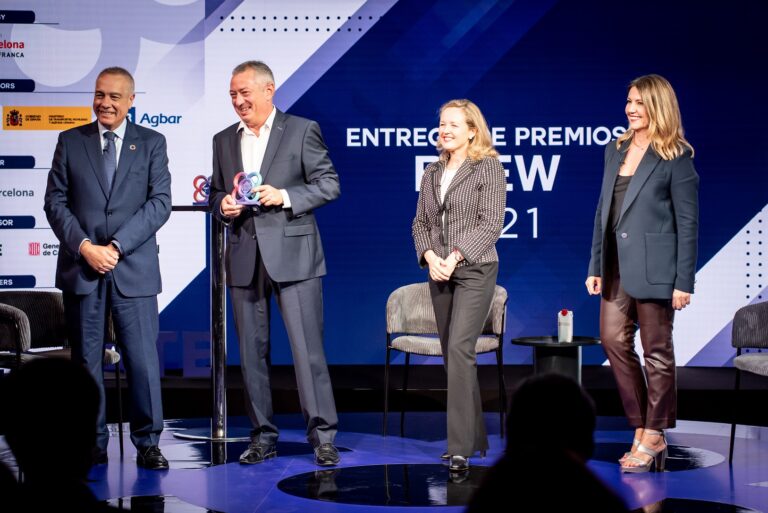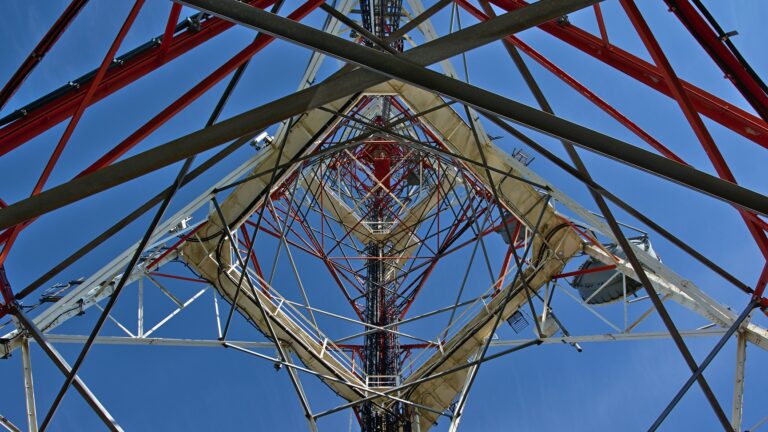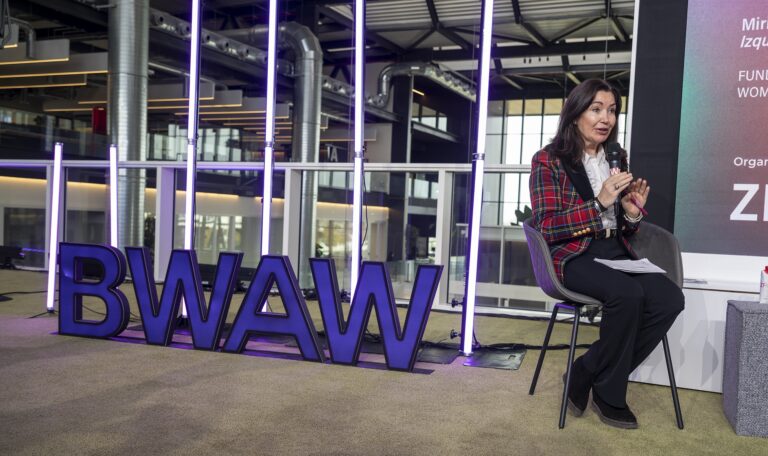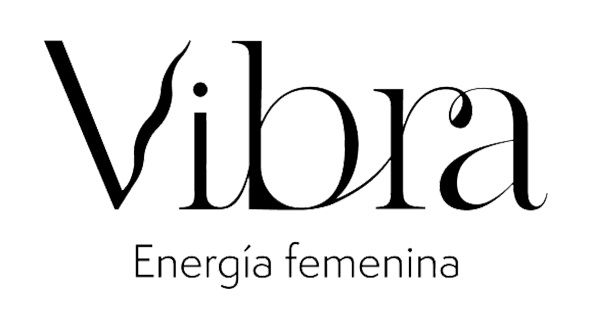ECOncrete, a sustainable solution for sea infrastructures

1 de December de 2021
Our seas and oceans host thousands and thousands of kilometers of infrastructure, whether in the form of breakwaters, piers, pillars of oil platforms or wind turbines, gas pipelines, oil pipelines or submarine cables, among others. This man performance in a delicate habitat such as the marine one has meant, until now, creating a barren space in which marine flora and fauna give way to concrete and other materials. This finding is the starting point of ECOncrete, an Israeli company founded by two marine biologists to develop a technology that empowers the concrete used in maritime-coastal and offshore infrastructures to stimulate biodiversity and the conservation of species by boosting the proliferation of several ecosystems and marine habitats. In addition, it contributes to the carbon absorption, thus participating in the fight against climate change, the main challenge that humanity is facing.
This solution can bring life back to that space that we occupy in seas and oceans and increase the biodiversity of the marine habitat. What is more, ECOncrete also helps to reinforce these structures, whether they are underwater or coastal. It has been shown that they are more resistant when covered by fauna and flora, a circumstance that is very important in the face of rising sea levels as a result of climate change. It is therefore also an effective measure of resilience.
To achieve these goals, ECOncrete has developed an innovative technology whose chemical composition, surface complexity and nature-based 3D designs make it easy for organisms such as corals, oysters, tubeworms and seaweed, among others, to become embedded and adhered to the infrastructure, making it more resistant and durable.
This solution has already proven its effectiveness in installations implemented in some twenty countries on four continents. Among the projects underway, the Living Breakwaters that is being carried out in the New York docks with an investment of more than 100 million dollars and the European Living Ports project presented last June, which is set for the Port of Vigo and which is funded by the Horizon 2020 Fast Track to Innovation program of the European Commission must be highlighted.



